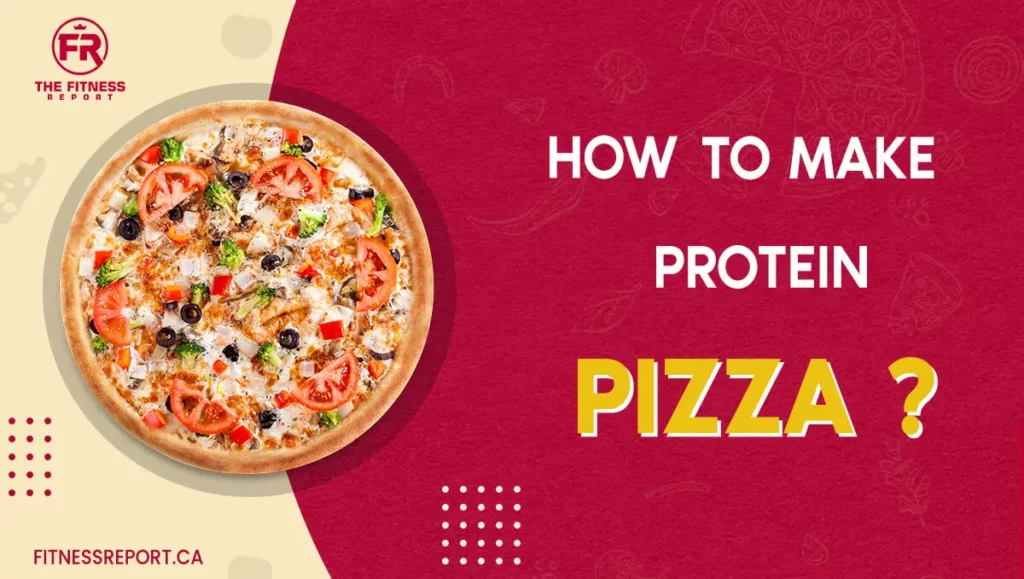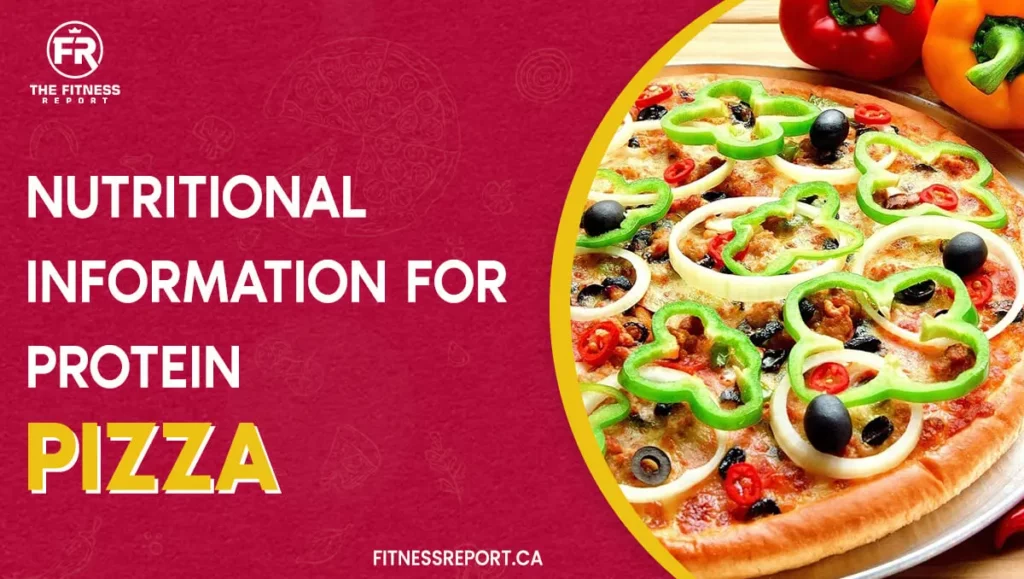Protein Pizza – Hot, Fresh, & Low In Calories
Are you looking for a delicious, low-calorie meal that won’t break the bank? Say hello to Protein Pizza. You can make this healthy and delicious pizza with just a few simple steps. Not only is it low in calories, but it’s also hot, fresh, and loaded with protein. Here I’ll show you how to make the perfect protein pizza that will satisfy all your cravings without sabotaging your healthy lifestyle. Let’s get started.
Who Is Protein Pizza For?

Protein Pizza is specifically designed with the health-conscious group in mind. From athletes looking to quickly rebuild muscle after an intense workout to nutrition-minded parents who want a healthier pizza alternative for weekly family nights, Protein Pizza is the perfect fit.
With its high protein content made from all-natural ingredients and surprisingly low-calorie count, it’s no wonder that Protein Pizza is becoming the go-to choice for those who value the nutrient benefits of food without sacrificing flavor or texture.
How To Make Protein Pizza?
Want to make your pizza night healthier? One way to do it is by adding more protein to the mix. Protein in your diet helps you burn fat and build muscle, so why not get in a few extra grams when you can? Here’s how I do it.
Ingredients For Protein Pizza
I like to make my protein pizza using whole wheat crust, fresh veggies, and lean meats. Here’s what I use:
- Pita Bread: Pita bread is a popular choice for homemade pizza because it’s already pre-baked, which saves you time. It’s also a relatively low-calorie option for the pizza crust, which can be helpful if you’re watching your calories.
- Pizza Sauce: Pizza sauce is an essential ingredient for making protein pizza. You can use store-bought pizza sauce or make your own from scratch using canned tomatoes, garlic, and Italian herbs. The sauce adds flavor and helps to tie all of the toppings together.
- Vegetables: Adding vegetables to your protein pizza is a great way to increase the nutritional content and add flavor and texture. Popular vegetable toppings for pizza include green peppers, onions, garlic, and mushrooms. Add other vegetables, such as olives, spinach, or tomatoes, depending on your tastes.
- Cheese: Cheese is an essential ingredient for any pizza, and it’s also a good source of protein. You can use any cheese you like, such as mozzarella, cheddar, or feta. The cheese adds flavor and helps to hold all of the toppings together.
- Meat: Adding meat to your protein pizza is optional, but it’s a great way to increase the protein content. You can use any meat you like, such as pepperoni, chicken breast, steak, or ground beef. The meat adds flavor and protein to the pizza, making it more filling and satisfying.
Cooking Instructions For Protein Pizza

Here are detailed cooking instructions for making protein pizza using pita bread:
- Preheat your oven to 350 degrees Fahrenheit (175 degrees Celsius).
- Place a piece of pita bread on a baking sheet or pizza stone.
- Spread your desired amount of pizza sauce onto the pita bread, leaving a little bit of space around the edges for the crust.
- Add your choice of vegetables to the pizza. Some good options include green peppers, onions, garlic, and mushrooms, but feel free to add any vegetables you like. Spread them out evenly across the pizza.
- Add one serving of cheese to the pizza. You can use any cheese you like, such as mozzarella, cheddar, or feta. Sprinkle it evenly over the vegetables.
- If you want to add meat to your pizza, now is the time. Some good options include pepperoni, chicken breast, steak, or any other meats you like. Spread the meat evenly over the cheese.
- Place the pizza in the preheated oven and bake for about 12 minutes or until the cheese is melted and bubbly.
- Once the timer goes off, switch the oven to the broil setting and broil the pizza for another few minutes or until the cheese is golden brown and bubbly.
- Remove the pizza from the oven and let it cool for a few minutes before slicing and serving.
- Enjoy your delicious and protein-packed homemade pizza.
Nutritional Information For Protein Pizza
Protein pizza typically contains higher amounts of protein than traditional pizza due to the inclusion of protein-rich ingredients. The specific nutrient content of protein pizza can vary depending on the recipe or brand, but generally, it can be a good source of protein, fiber, vitamins, and minerals.
Here are some examples of nutrients that can be found in protein pizza and how they can help:
Protein: Protein is essential for building and repairing tissues in the body, including muscle tissue. Protein can also help keep you full and satisfied, which may aid in weight management.
Fiber: Many protein pizza crusts are made with fiber-rich ingredients such as whole wheat flour, almond flour, or coconut flour. Fiber can help regulate digestion, lower cholesterol levels, and promote feelings of fullness.
Vitamins And Minerals: Depending on the toppings and ingredients used, protein pizza can provide various vitamins and minerals essential for overall health. For example, vegetables such as bell peppers, onions, and mushrooms are good sources of vitamins C, K, and potassium.
Protein Pizza: Frequently Asked Questions (FAQs)

Summing Up
Making a protein pizza is an easy way to enjoy a delicious, low-calorie meal packed with nutrients. By choosing high-protein ingredients and limiting the amount of cheese and toppings, you can create a satisfying and healthy pizza to help you achieve your fitness goals. So, go ahead and give it a try, and don’t be afraid to get creative with your toppings.


